In grade four, we learnt about some gardening practices.We will learn more about gardening practices, indigenous food crops and growing of vegetables.
Indigenous food crops
Activity 1
Finding out the meaning of indigenous food crops and their importance.
Let us Find Out
In pairs
- Find out the meaning of indigenous food crops from the library books, for example, dictionaries and digital devices.
- Share your experiences on what you know about the meaning of indigenous food crops.
- Are there any indigenous food crops in your community?
- Name the indigenous food crops found in your community.
- Find out the importance of the indigenous food crops to your community and share your findings with the class.
Let us understand
- Indigenous food crops are traditional food crops found within a community.
- They are used for consumption to give us nutrients.
- Many of them can grow through out the year and so they provide food security.
- Some indigenous food crops are used as medicine.
Types of indigenous food crops
Indigenous food crops are grouped into indigenous vegetable crops, indigenous cereal crops and indigenous root crops.
Activity 2
Sharing experiences on types of indigenous vegetable crops.
Let us Find Out
Working in groups
- Discuss indigenous vegetable crops found in your community.
- Discuss the local names of the indigenous vegetable crops.
- Discuss how the indigenous vegetable crops are used in the community.
Look at the following photographs and identify the indigenous vegetable crops:
A.

B.

C.
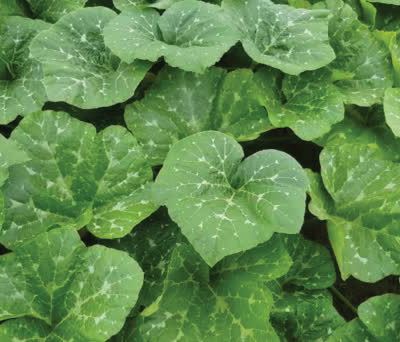
D.
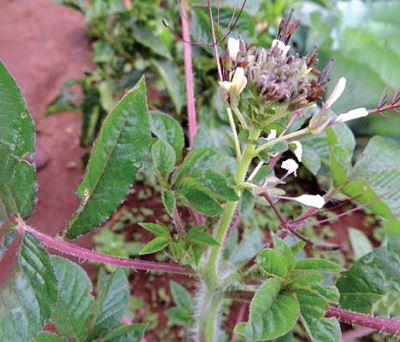
- Which part of the indigenous vegetable crop is eaten?
- What are the uses of each indigenous vegetable crops?
Share your experiences with the other groups.
Let us understand
- Indigenous vegetable crops include; pigweed, black nightshade, pumpkin and spider weed.
- They are common in many communities.
Activity 3
Sharing experiences on types of indigenous cereal crops.
Working in groups
- Discuss the indigenous cereal crops found in your community.
- Explain how the indigenous cereal crops are used in the community.
- Identify the indigenous cereal crops in the photographs below.
- Discuss which part of indigenous cereal crop in photographs (a) and (b) is eaten.
A.
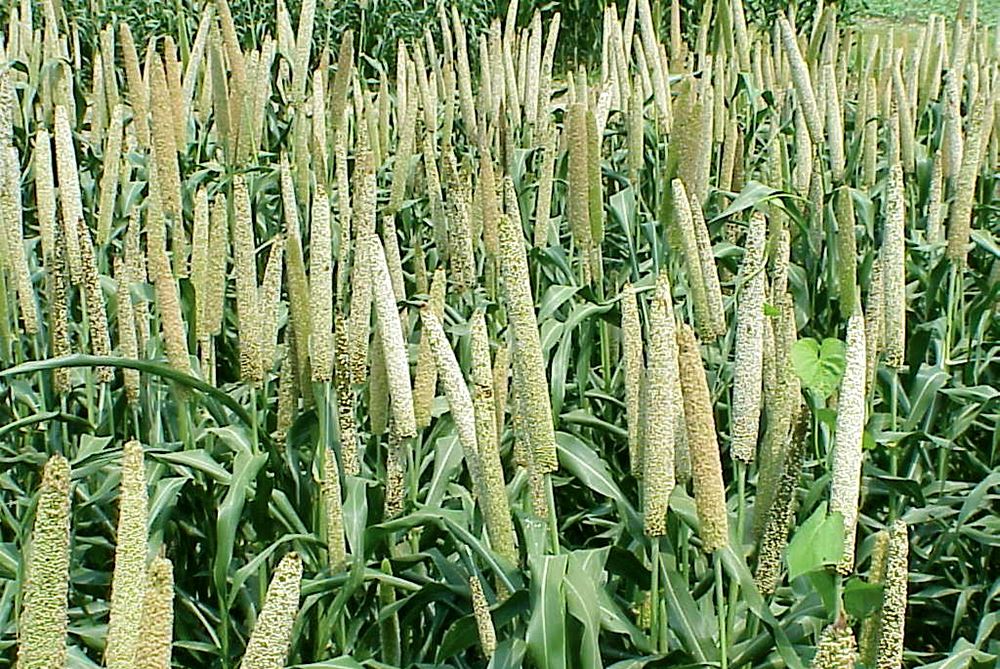
B.
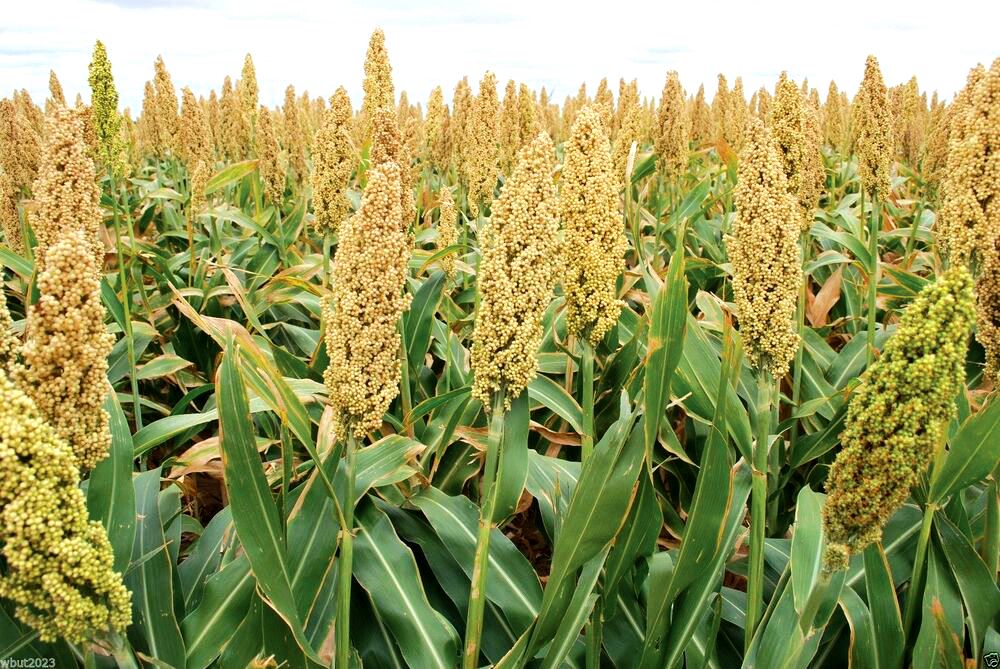
Share your experiences with the other groups.
Let us understand
- Indigenous cereal crops include millet and sorghum.
- People sell the cereals to earn income.
- Some indigenous cereal crops are food to domestic animals.
Activity 4
Sharing experiences on types of indigenous root crops.
Working in groups
- Discuss the indigenous root crops found in your community.
- Name part of the indigenous root crops that is eaten.
- Name the uses of each indigenous root crop.
- Discuss how the indigenous root crops are used by the community.
Look at the following photographs and name the indigenous root crops:
A.
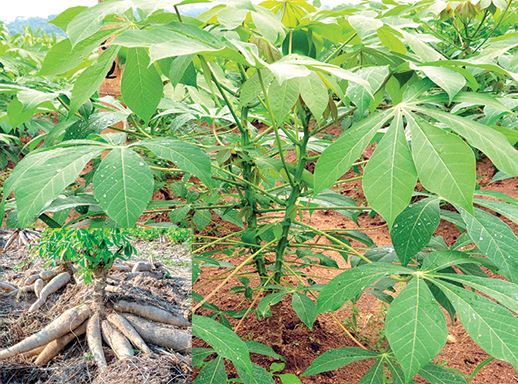
B.
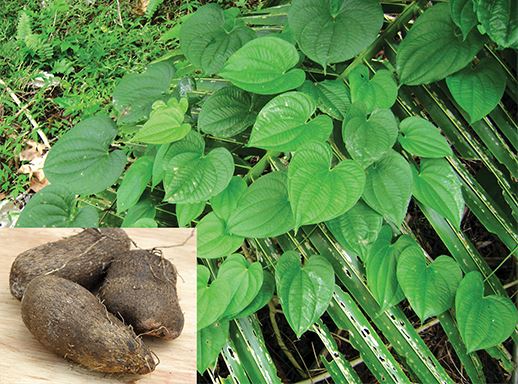
C.
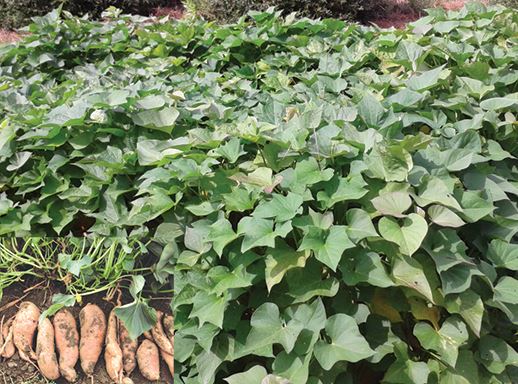
D.

- Which part of the indigenous root crop in each picture is eaten?
- What are the uses of the indigenous root crops?
Share your experiences with the other groups.
Let us understand
- The indigenous root crops include; yams, cassava, sweet potatoes and arrowroots.
- Indigenous root crops grow all the time of the year and so provide food security.
- Indigenous root crops are sold to earn money for other uses.
How indigenous food crops look like
Activity 5
Identifying various indigenous food crops.
Visit the school neighbouring community and identify various indigenous food crops.
Let us Find Out
In pairs
Find out the following:
- Which indigenous food crops are found in the neighbouring environment?
- Where do we find indigenous food crops mostly growing in the neighbouring environment?
- Which indigenous food crops are common in your community?
Let us understand
- Most indigenous food crops grow naturally along the fences and under shades.
- The common indigenous food crops found in the environment are the vegetable crops.
Preservation of indigenous food crops
Collect identifiable parts of indigenous food crops.
Activity 6
Collecting and preserving various indigenous food crops for identification.
Let us practice
Working in groups
Carry out the following:
- Walk around the neighbouring environment with the teacher and identify various indigenous food crop plants.
- Detach the identifiable parts of the indigenous food crop plants, for example, leaves and seeds.
- Spread the identifiable parts of the indigenous food plants on a manilla paper.
- Stick the leaves of the plant to manilla paper.
- Write the name of the indigenous food crop below the mounted leaf.
- Place the manilla paper with mounted identifiable parts on top of each other.
- Press with a heavy object to make the mounted material to be flat.
- Wait for two days, and then remove the heavy object.
- Staple the manilla paper with mounted identifiable parts to make an album.
Display your album as shown below for the other groups to see

Share your experiences with the other groups.
Let us understand
The album can be used to identify the indigenous food crops in the environment.
- What is an indigenous food crop?
- Name three types of indigenous food crops.
Give two examples of each type of indigenous food crops. - Give the importance of indigenous food crop.